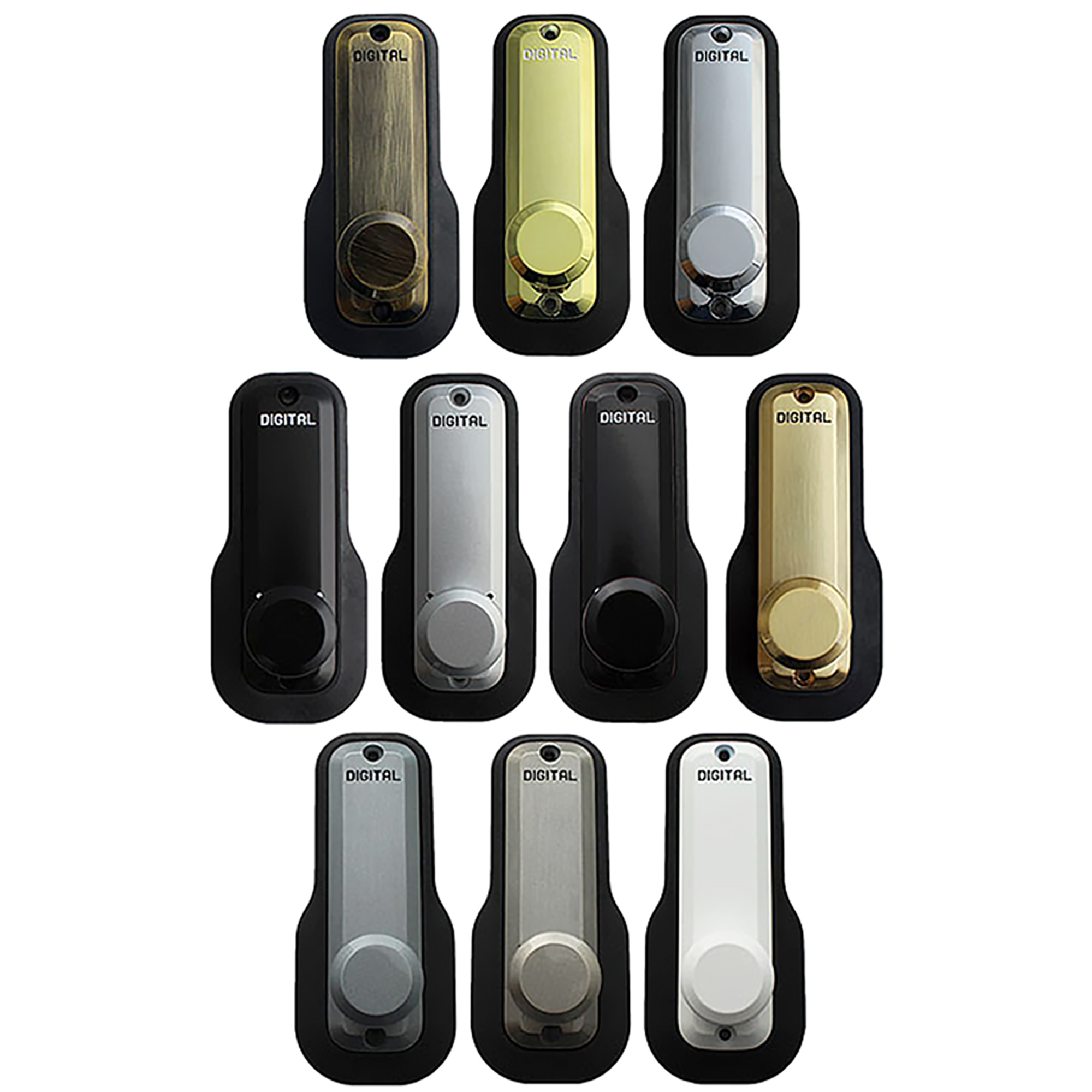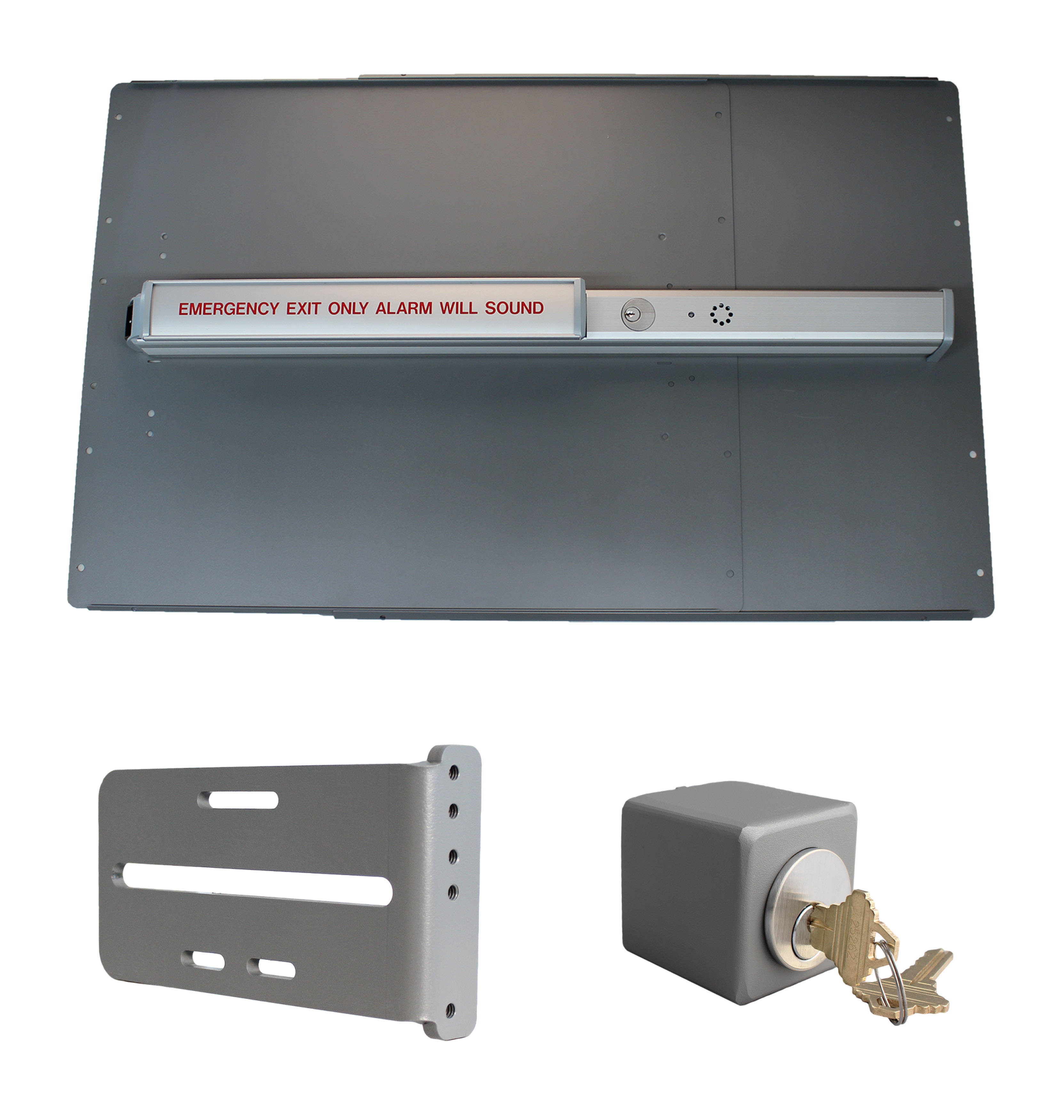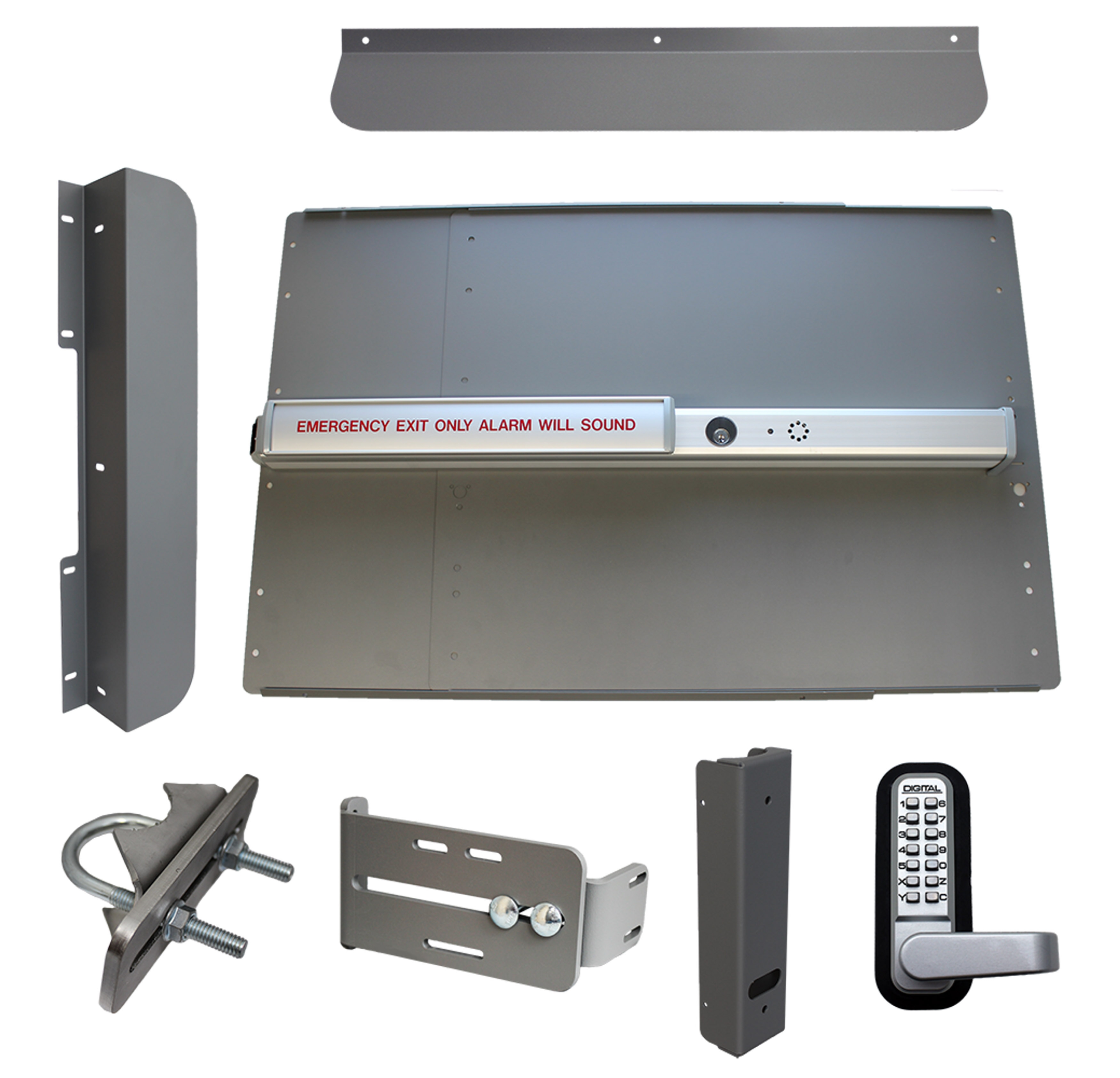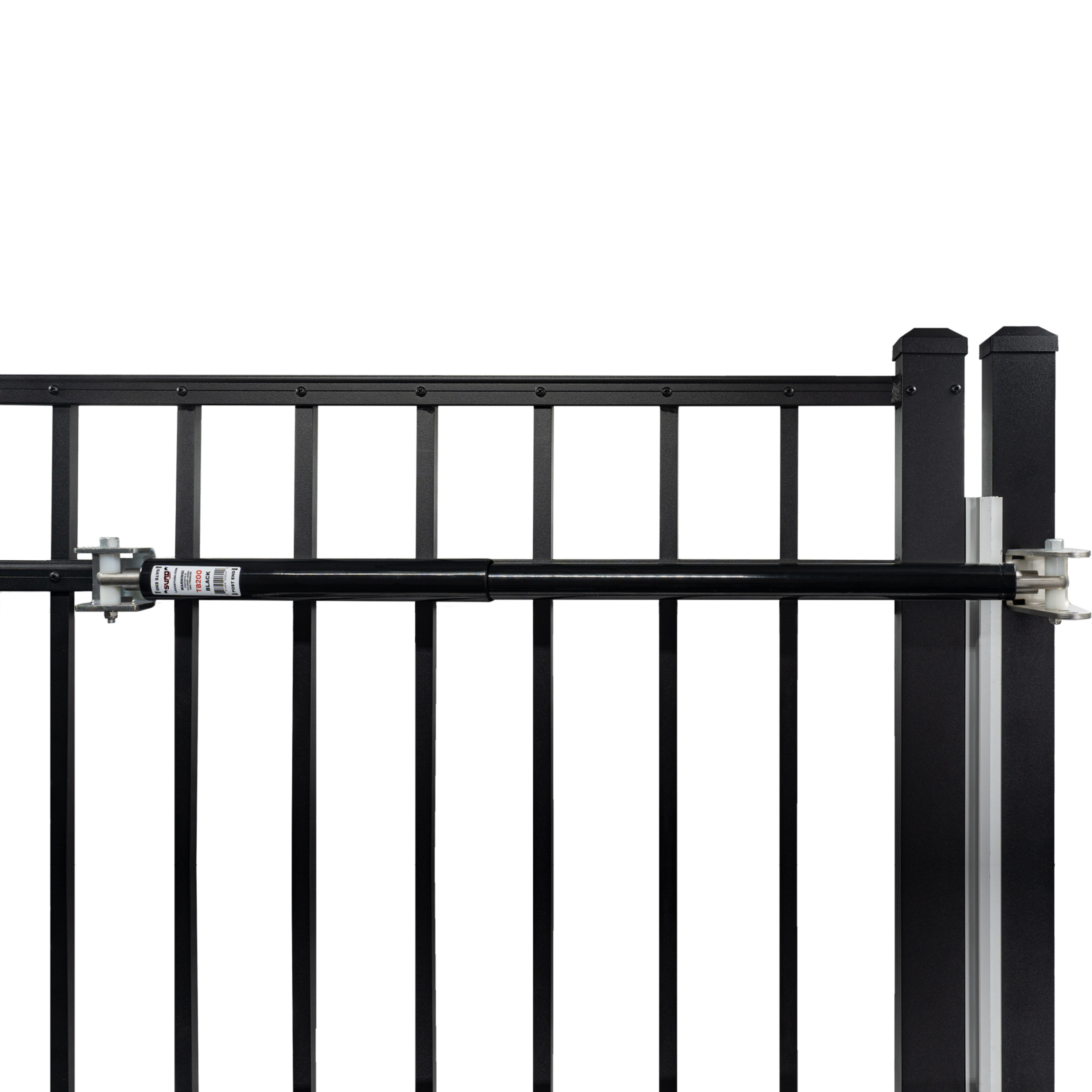Digital Locks: Mechanical vs. Electronic and What the Term Really Means
When people hear the word "digital," they often think of electronics, screens, and smart technology. It's no surprise, then, that many are confused when they see mechanical locks labeled as "digital," even though they don't use batteries, wiring, or Wi-Fi. In the world of keyless entry systems, the term "digital" can refer to both electronic and mechanical devices that use numeric input to unlock. This article explains what makes a lock "digital," why the term applies to different types of locks, and how to distinguish between mechanical digital locks and electronic smart locks.
Where Did the Term "Digital" Come From?
The word "digital" comes from the Latin word for "finger," and over time, it became associated with numbers and digits. Before smartphones and electronics, "digital" simply referred to anything involving numbers or counting. In the case of door and gate locks, a digital lock uses a numeric code instead of a traditional key. Whether it's a set of mechanical push buttons or a touchscreen keypad, the concept is the same: the user enters a code using digits to gain access.
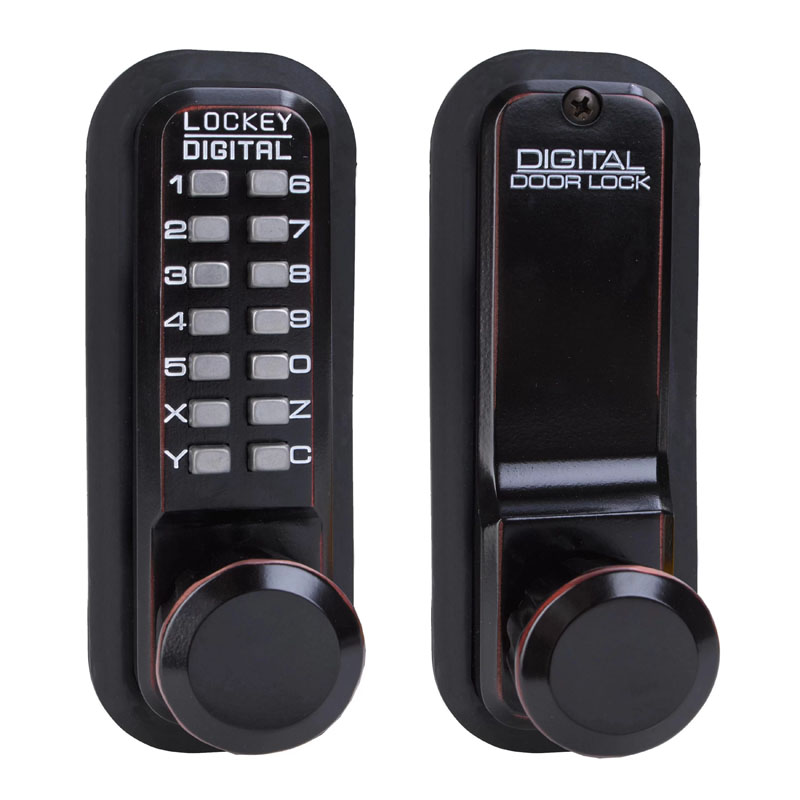
Why and How LockeyUSA Uses the Term "Digital"
LockeyUSA uses the term "digital" to describe both mechanical and electronic locks that rely on a numeric code for access. In the lock industry, a digital lock is defined by its method of operation, using digits, or numbers, instead of a traditional key. This applies to mechanical locks that use physical push buttons and to electronic locks that use powered keypads or touchscreens. What they have in common is code-based keyless entry, which is what makes them digital.
Historically, LockeyUSA popularized the term “digital” through its original line of mechanical keyless locks. These models do not require batteries, wiring, or power. Instead, they use a simple keypad with digits that, when pressed in the correct sequence, align internal components to unlock. Lockey continues to offer these battery-free digital locks, which are ideal for gates, outdoor access points, and remote areas where power is unavailable.
At the same time, LockeyUSA also offers a range of electronic digital locks that provide powered convenience while still using the same digit-based access method. These models often include features like LED keypads, auto-locking, and remote control options. Whether mechanical or electronic, the “digital” label refers to the use of digits to open the lock, not the technology behind it.
So when you see the term “digital” on a LockeyUSA product, it means you’re getting a keyless lock that operates by code. It may be mechanical or electronic, but in both cases, it’s digital in the truest sense: access by digits. To add to the confusion, select models do have offer key-override functionality, meaning you can use the code or they key.
What Makes a Lock "Digital"?
The defining feature of a digital lock is that it uses a numerical input to control access. Instead of inserting a physical key, the user enters a code using digits, which is where the term "digital" comes from. While many people associate the word with electronics, the concept of a digital lock is based on how you interact with it: through a series of numbered sequences. Whether it's a purely mechanical system or an advanced electronic keypad lock, the key difference is how the lock interprets and responds to number-based input.
How Mechanical Digital Locks Work
Mechanical digital locks use a system of internal components like cams, pins, and springs that are physically aligned when the correct code is entered. These battery-free locks feature a fixed keypad composed of metal pushbuttons, typically numbered 0 to 9. Each button is connected to a shaft or spindle that interacts with a series of tumblers inside the lock. When the correct combination of buttons is pressed in any order, the internal parts align and allow the latch or bolt to move freely. If any digit is incorrect, the alignment fails, and the lock remains secure. No batteries, circuits, or apps are needed; the action is entirely mechanical, but the operation is still digital because it depends on digit-based input.
Shop Mechanical LocksHow Electronic Digital Locks Work
Electronic digital locks take the same number-based input concept and process it using electrical components. When a user enters a code on a touchscreen or electronic keypad, the system performs a quick check to verify that the entered digits match the stored access code. If the input is correct, an internal motor or solenoid activates, causing the locking mechanism to move. These keyless locks often include additional features such as multiple user codes, auto-locking, audit trails, and smartphone or remote integration. While they require power, the digital aspect remains the same: access is granted by entering the correct numeric sequence.
Shop Electronic LocksIn both cases, whether the lock is powered by a spring or a circuit board, what makes it "digital" is not the power source or tech level, but the method of access. The use of digits to control entry is what defines the lock as digital.
Clearing Up Common Misconceptions
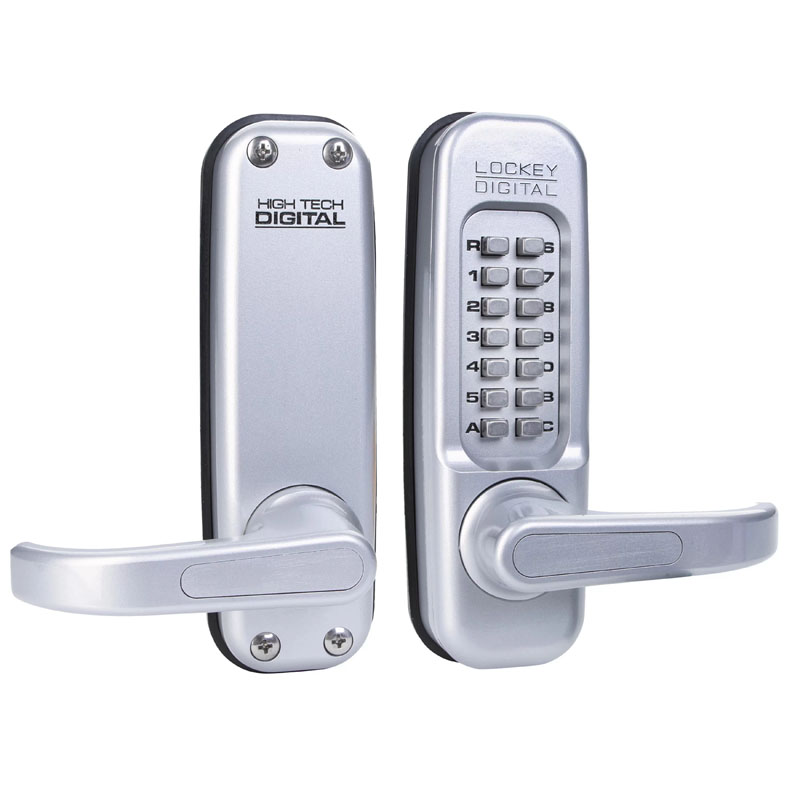
Many customers ask questions like, "Why does it say digital if it doesn't use batteries?" or "Is this a smart lock?" These are valid questions because the term "digital" is often associated with electronics, keypads, and smart home technology. But in the world of mechanical locks, "digital" has a different meaning. It refers to the use of numeric input, specifically digits, rather than digital electronics.
This usage is standard in the lock and security industry, especially among manufacturers of mechanical keyless locks for gates, doors, and commercial properties. When you see a lock labeled as "mechanical digital," it simply means that you'll be pressing buttons with numbers to open the lock. There are no electronics involved, no apps to download, and no batteries to replace. It's an entirely manual system that happens to use a digital access method.
So when a LockeyUSA product says "digital," rest assured it's describing the code-based entry system, not an electronic or smart lock feature. You're getting a lock that is simple, secure, and built to work reliably without electricity, network access, or maintenance headaches.
Digital Lock Recap
At its core, the term "digital" refers to the use of digits, numbers, as a means of entry. Both mechanical and electronic locks can be considered digital because they rely on numeric input, even if the inner mechanisms differ. A mechanical digital lock utilizes physical buttons and internal cams, whereas an electronic lock employs circuit boards and motors. But in both cases, the access method remains the same: enter a code to unlock.
If you're looking for a reliable, power-free locking solution, mechanical digital locks are an innovative and secure choice. They offer long-lasting durability, ease of use, and peace of mind without the need for batteries, electricity, or smart devices. LockeyUSA provides a full range of mechanical and electronic digital locks designed for gates, doors, storage areas, and more, perfect for anyone who wants dependable keyless entry without extra complexity.
Why do we think "digital" gate locks are the best?
They've got the numbers to back it up!
Like our joke? Haha, thanks! Don't like our joke? Ah, man.
Just want to discuss digital gate locks or mechanical keyless entry options? Reach out!

